Pimpernel Smith
7.4 /10 1 Votes
75% Rotten Tomatoes Genre Adventure, Comedy, Drama Duration Language English | 7.4/10 IMDb Director Leslie Howard Music director John D. H. Greenwood Country United Kingdom | |||||||||||||||||||||||||||||||||
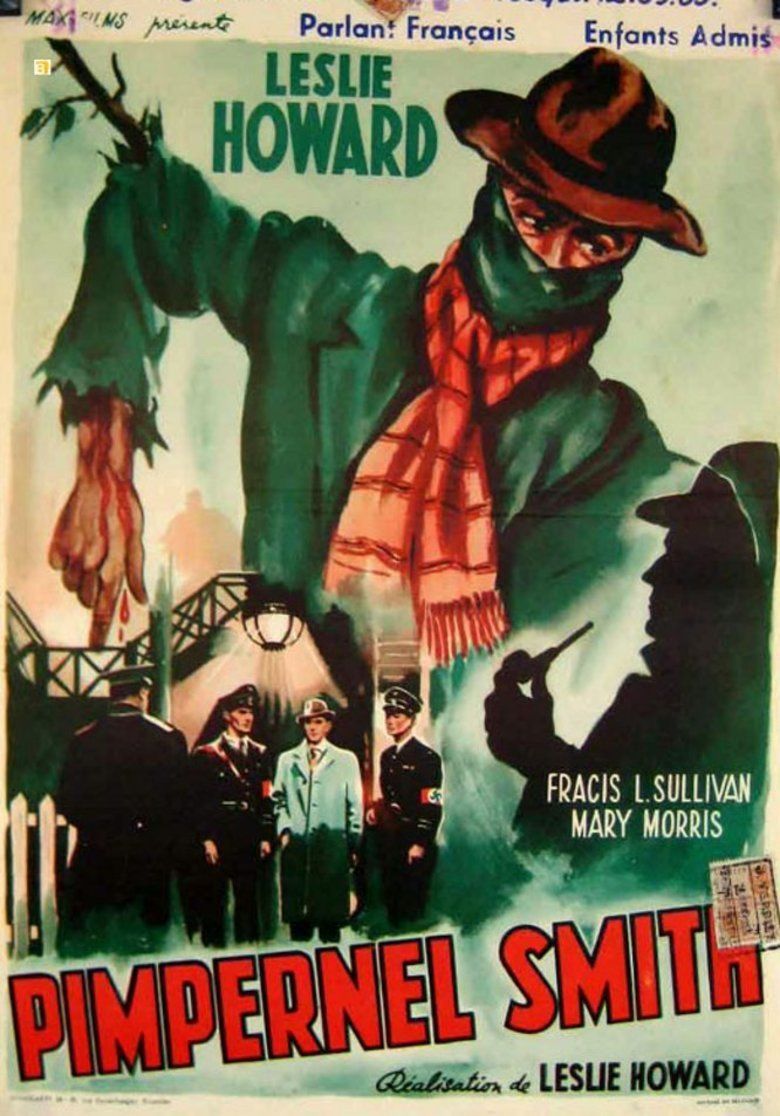 | ||||||||||||||||||||||||||||||||||
Release date 26 July 1941 (1941-07-26) (UK)12 February 1942 (1942-02-12) (US) Based on "Pimpernel" Smith (novel) by A.G. MacdonellThe Scarlet Pimpernel (novel) by Baroness Emmuska Orczy Writer Anatole de Grunwald (screenplay), A.G. Macdonell (original story), Wolfgang Wilhelm (original story), Anatole de Grunwald (scenario), Roland Pertwee (scenario) Genres Action Film, War film, Black-and-white, Spy film, Action/Adventure Cast Leslie Howard (Professor Horatio Smith), Francis L. Sullivan (General von Graum), (Ludmilla Koslowski), (David Maxwell), (Steve)Similar movies Leslie Howard directed "Pimpernel" Smith and appears in The Scarlet Pimpernel Tagline The fences are to keep the enslaved Swiss from escaping into Free Germany | ||||||||||||||||||||||||||||||||||
pimpernel smith 1941
English archaeologist Horatio Smith (Leslie Howard) takes his students to Germany before the start of World War II to study the existence of early Aryans. He is actually there, however, to free concentration camp inmates. General von Graum (Francis Sullivan), a Gestapo head, dispatches the beautiful Ludmilla Koslowski (Mary Morris) to find the man behind the escapes, but she instead allies with Horatio. Together they scheme to free Ludmillas father, Sidimir (Peter Gawthorne).
Contents
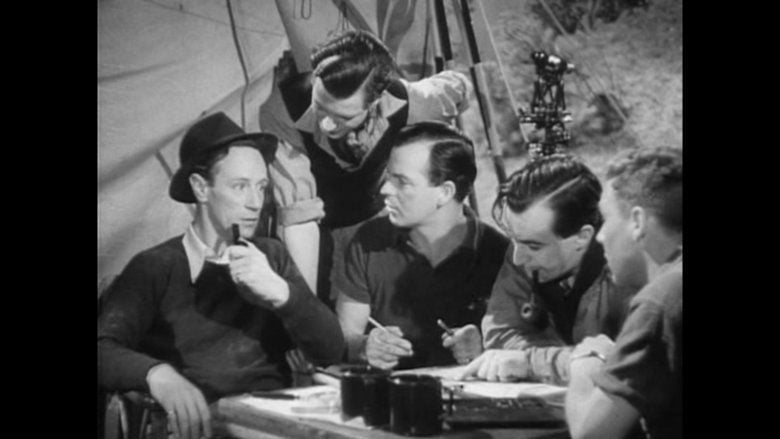
"Pimpernel" Smith (released in the United States as Mister V) is a 1941 British anti-Nazi thriller, produced and directed by its star Leslie Howard, which updates his role in the 1934 The Scarlet Pimpernel from Revolutionary France to pre-Second World War Europe. The British Film Yearbook for 1945 described his work as "one of the most valuable facets of British propaganda".
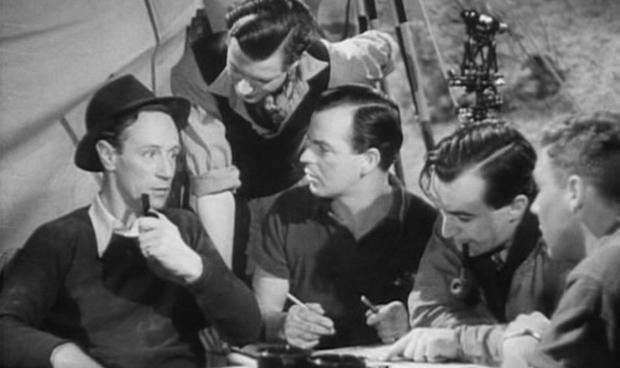
The film helped to inspire Swedish diplomat Raoul Wallenberg to mount his real-life rescue operation in Budapest that saved tens of thousands of Hungarian Jews from Nazi concentration camps during the last months of World War II.
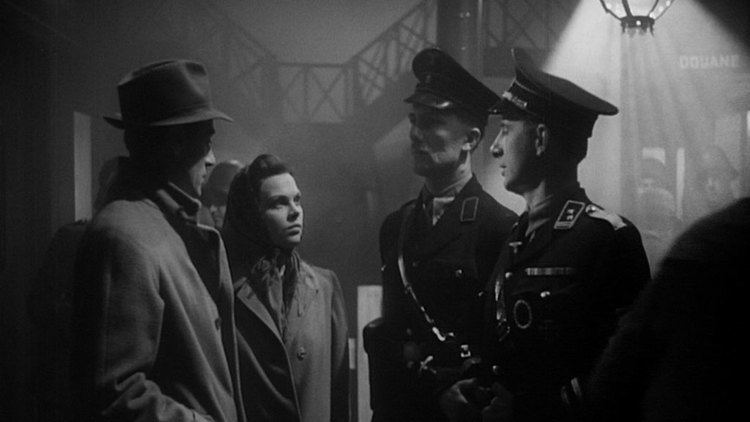
Eccentric Cambridge archaeologist Horatio Smith (Howard) takes a group of British and American archaeology students to pre-war Nazi Germany to help in his excavations. His research is supported by the Nazis, since he professes to be looking for evidence of the Aryan origins of German civilisation. However, he has a secret agenda: to free inmates of the concentration camps.
Plot
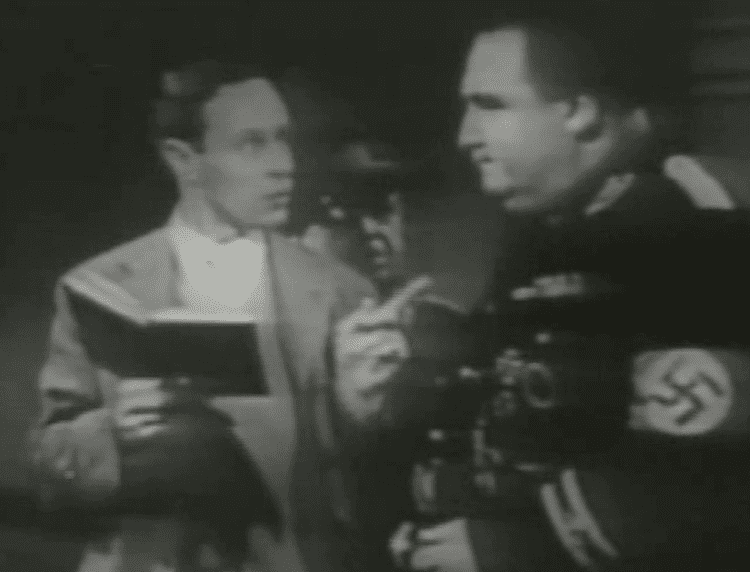
Eccentric Cambridge archaeologist Horatio Smith (Leslie Howard) takes a group of British and American archaeology students to pre-war Nazi Germany to help in his excavations. His research is supported by the Nazis, since he professes to be looking for evidence of the Aryan origins of German civilisation.
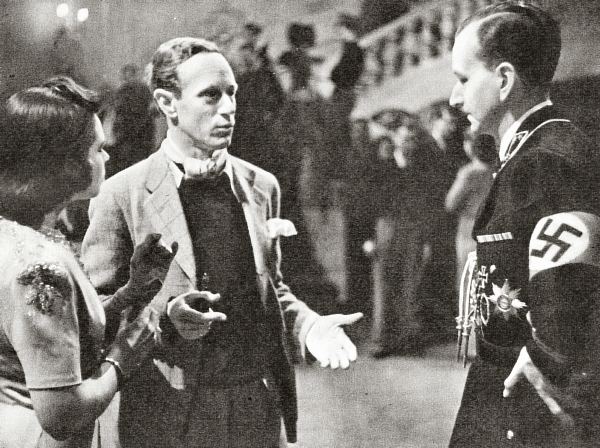
However, he has a secret agenda: to free inmates of the concentration camps. During one such daring rescue, he hides disguised as a scarecrow in a field and is inadvertently shot by a German soldier idly engaging in a bit of target practice. Wounded, he still manages to free a famous pianist from a work gang. Later, his students guess his secret when they see his injury and connect it to a story about the latter-day Scarlet Pimpernel in a newspaper. They enthusiastically volunteer to assist him.
German General von Graum (Francis Sullivan) is assigned to find out the identity of the "Pimpernel" and eliminate him. Von Graum forces Ludmilla Koslowska (Mary Morris) to help him by threatening the life of her father, a leading Polish democrat held prisoner by the Nazis. When Smith finds out, he promises her he will free Koslowski.
Smith and his students, masquerading as American journalists, visit the camp in which Koslowski is being held. They overpower their escort, put on their uniforms, and leave with Koslowski and some other inmates. By now, von Graum is sure Smith is the man he is after, so he stops the train transporting the professor and various packing crates out of the country. However, when he has the crates opened, he is disappointed to find only ancient artefacts from Smiths excavations.
Von Graum still has Ludmilla, so Smith comes back for her. The general catches the couple at a border crossing. In return for Ludmillas freedom, Smith agrees to give himself up. Smith tells Graum that the artefacts he has discovered disprove Nazi claims about the Aryan origins of the Germans. He predicts the Nazis will destroy themselves. In the end, Smith manages to distract his adversary and escape into the fog, but promises to come back.
Inspiration for Raoul Wallenberg
When Pimpernel Smith reached Sweden in November 1943, the Swedish Film Censorship Board decided to ban it from public viewing, as it was feared that such a critical portrayal of Nazi Germany could harm Swedens relationship with Germany and thus jeopardise the countrys neutrality in the Second World War. Raoul Wallenberg did, however, manage to see it at a private screening, together with his half-sister, Nina Lagergren.
She later recalled that on their way home after the screening, "he told me this was the kind of thing he would like to do." Since 1941, Wallenberg had made frequent trips to Hungary, and knew how oppressed the Hungarian Jews were. He travelled as a representative and later joint owner of an export-import company that was trading with central Europe and was owned by a Hungarian Jew.
Following the mass deportations that had started in April 1944, Wallenberg was sent to Budapest in August 1944, as First Secretary to the Swedish legation, assigned under secret agreement between the US and Swedish governments to organise a rescue programme for the Jews. By issuing "protective passports", which identified the bearer as Swedish, and housing them in 32 buildings that he rented and declared Swedish territory, he managed to rescue tens of thousands from the German death camps.
In May 1945, Pimpernel Smith was released in Sweden without any age restrictions.
Production
Leslie Howard had been aware of the Nazi menace in Europe and had developed a film treatment in 1938 based on the rescue of an Austrian anti-Nazi leader. With the A.G. Macdonell story of "Pimpernel Smith taking the classic The Scarlet Pimpernel novel by Baroness Emmuska Orczy into modern times, Howard took on the project as the first film he directed and co-produced. Production on "Pimpernel" Smith began in early 1941.
Similar Movies
Leslie Howard directed "Pimpernel" Smith and appears in The Scarlet Pimpernel. Leslie Howard directed "Pimpernel" Smith and The First of the Few. Leslie Howard directed "Pimpernel" Smith and Pygmalion. Leslie Howard directed "Pimpernel" Smith and appears in 49th Parallel. The Elusive Pimpernel (1950).
Reception
Released in the United States as Mister V, the film review in The New York Times noted: "It is all absurd derring-do, of course, and it follows a routine pattern. It lacks the headlong course of the top-notch British thrillers. But "Mister V" becomes a tense excursion because of Mr. Howards casual direction, and even more because of the consummate ease and the quiet irony of his performance."
During the Second World War, films shown at Chequers were the only recreational activity available to Winston Churchill, who felt that "the cinema is a wonderful form of entertainment, and takes the mind away from other things." Pimpernel Smith was the film which chose to be shown in the wardroom of the battleship HMS Prince of Wales on 9 August 1941 to share with the ships officers, as he travelled across the Atlantic for a secret conference with US President Franklin D. Roosevelt at Argentia in Newfoundland.
References
"Pimpernel" Smith WikipediaPimpernel Smith IMDbPimpernel Smith Rotten TomatoesPimpernel Smith themoviedb.org
